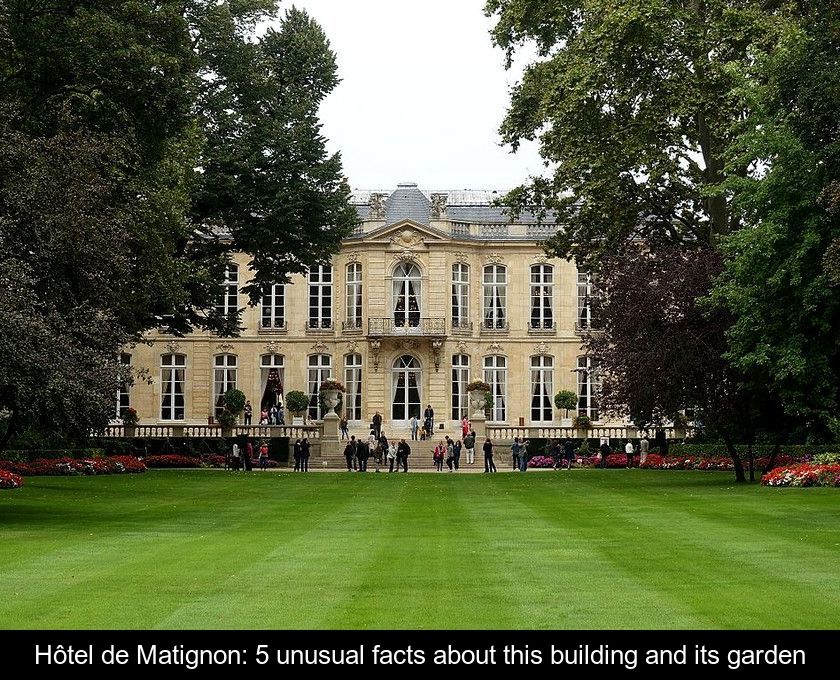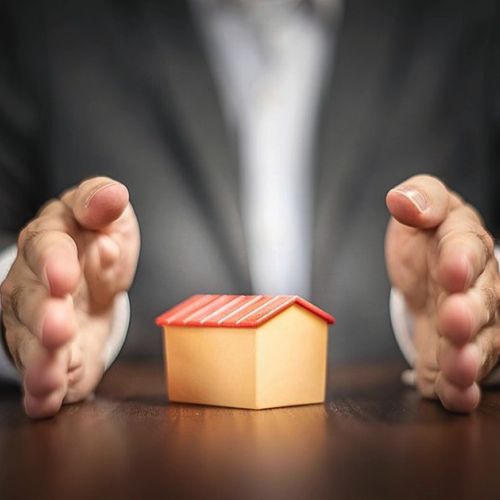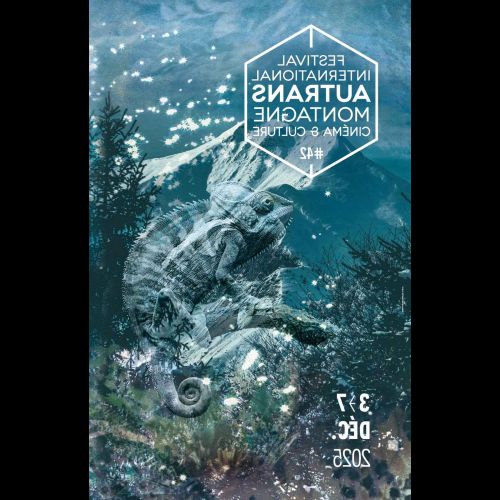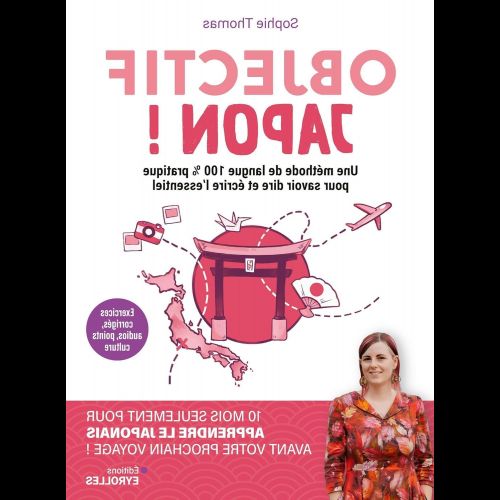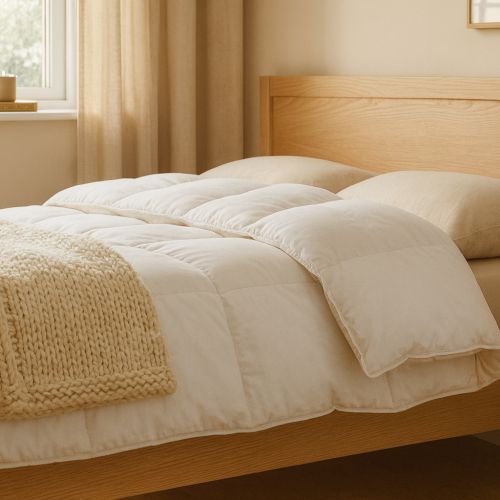Hôtel De Matignon: 5 Unusual Facts About This Building And Its Garden
The residence of the French Prime Ministers is one of the most popular places in Paris during the Heritage Days. It must be said that the Hôtel de Matignon, located at 57 rue de Varennes, is a very special hotel. Here are 5 unusual facts about this building and its garden.
1- This mansion belonged to the princes of Monaco
Did you know that before becoming one of the symbols of the French state, the Hôtel de Matignon belonged to the princes of Monaco?
The current residence of the Prime Minister owes its name to Jacques III de Matignon, who bought it in 1723 from the man who built this private mansion, Marshal Christian-Louis de Montmorency-Luxembourg, Prince de Tingry.
When Jacques III de Matignon died in January 1725, his son Jacques IV inherited the mansion. By marrying Louise-Hippolyte Grimaldi, he becomes Prince of Monaco under the name of Jacques I Grimaldi, so that this building falls into the hands of the princes of Monaco.
Even today, the red room bears witness to this page of Matignon's history because it is the former throne room of the princes of Monaco.
2- The Council Chamber presents unsuspected decorations
It was in 1922 that this estate was ceded to the French state, before being classified as a historical monument the following year. But it was not until 1959 that the Hôtel de Matignon became the official residence of the Prime Ministers.
Before that, Pierre Etienne Flandin was the first Prime Minister to reside there in the 1930s. Charles de Gaulle decided to hold the first Council of Ministers of the provisional government there on September 9, 1944.
Today, the ministers meet there in the Council Room, a room whose decorations are much less austere than one might imagine! This famous room features white medallions evoking the Fables of La Fontaine and a tapestry depicting Don Quixote...
The French painter Thomas Couture depicted naked angels in it, but these paintings were covered with whitewash in the late 1950s. It was indeed feared that these decorations would distract the ministers!
3- The Music Pavilion is the discreet refuge of the Prime Ministers
If the private apartments of the Hôtel de Matignon are cramped and poorly arranged, to the point of having been judged 'awful' by Edith Cresson in the 1980s, another place is favored by our Prime Ministers.
The Pavillon de musique, located at the bottom of the Matignon garden, is a refuge much appreciated for its discretion. Raymond Barre used to isolate himself there on weekends, declaring 'I'm going to the countryside!'.
More recently, Édouard Philippe trained there in boxing twice a week with his security service.
This pavilion, sometimes nicknamed the Petit Trianon, is also a secret place of power, where Alain Juppé would have prepared the dissolution of the National Assembly wanted by Jacques Chirac in 1997.
But it is another historical episode that forged the reputation of this place. At the initiative of Michel Rocard, the Kanak pro-independence leader Jean-Michel Tjibaou and the loyalist Jacques Lafleur held several nights of discussions here before signing the Matignon Accords in June 1988. These historic agreements prevented New Caledonia from descending into civil war.
4- Its park is the largest private garden in Paris
While the Hôtel de Matignon is located at 57 rue de Varennes, it is at 36 rue de Babylone that the access to the park is located, behind a discreet blue door.
With its surface area of 3 hectares, the Matignon park is one of the largest in the capital. It is even the largest private garden in Paris!
This garden was laid out by two prestigious landscape architects: Claude Desgot, nephew and collaborator of André Le Nôtre, and Achille Duchêne in 1902. It is a garden of French and English inspiration, which combines the symmetry of a French garden with bushy English-style beds.
This park is home to an optical illusion called accelerated perspective. The distance between the two alleys planted with 111 lindens narrows at the end of the park, giving the illusion of a garden with greater depth. This clever perspective also directs the eye to a statue of Pomona.
5- Each Prime Minister has planted a tree there
Since Raymond Barre planted a sugar maple tree there in 1978, a strange tradition has taken root in the garden of the Hôtel de Matignon.
Each Prime Minister was invited to plant a tree of his choice and the tradition has continued to this day. Only Jacques Chirac refrained from doing so during his second term at Matignon between 1986 and 1988.
Edith Cresson chose a ginkgo biloba tree, remarkable for its botanical characteristics and its exceptional resistance. Édouard Philippe preferred a claque-pépins apple tree which is today the only fruit tree in the garden.
During his term of office, Jean Castex opted for a 'very resistant' ash tree, in response to the health crisis. Elisabeth Borne chose a holm oak because it is 'a robust tree capable of adapting to future climates'.
The current Prime Minister is also the only one not to have bought her tree in a nursery but to have replanted 'a young shoot that arrived at the bottom of the garden with the wind. An ecological and, as always, highly symbolic choice!

